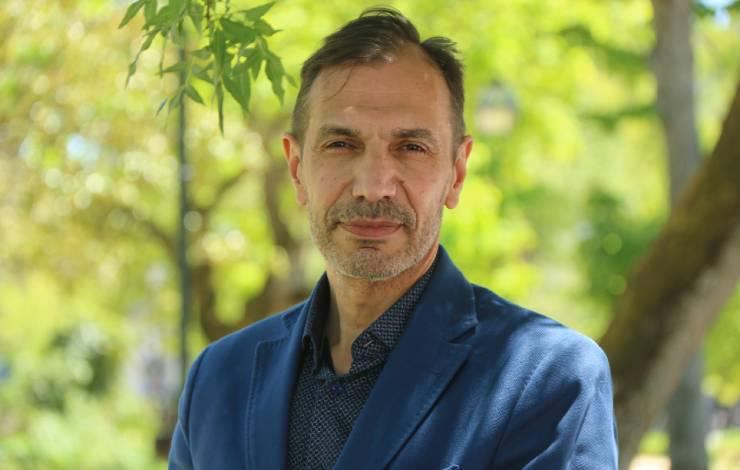28-01-2021

José Paulo Santos, professor in the Department of Physics at the NOVA School of Science and Technology and researcher at LIBPhys, coordinated the team that participated in the international investigation that managed to measure the size of the helium nucleus with an unprecedented level of precision. The result of the work was announced on January 26th in the prestigious journal Nature.
The applications of this investigation “as in many fundamental works, the importance is not immediate. In all likelihood, it will take ten or 15 years from now until we can understand how we can apply these results”, answers PÚBLICO José Paulo Santos. However, "the measured value, with extraordinary precision, of the radius of the helium core puts the theoreticians to the test and makes it possible to test new theoretical models of the nuclear structure," he adds.
This research work had the collaboration of more than 40 researchers from Germany (including T. W. Hänsch, 2005 Nobel Prize in Physics), Switzerland, France, Taiwan and Portugal. Three researchers are from the NOVA University of Lisbon (Jorge Machado, Pedro Amaro and José Paulo Santos, the coordinator), five from the University of Coimbra (Luís Fernandes, Fernando Amaro, Cristina Monteiro, Andreia Gouvea and Joaquim Santos, the coordinator) and two are from the University of Aveiro (Daniel Covita and João Veloso, coordinator).
This is the result of 20 years of proven collaboration between internationally renowned institutes, including PSI, ETH Zurich, the Max Planck Institute for Quantum Optics in Garching, the Institut für Strahlwerkzeuge at the University of Stuttgart and the PRISMA + Cluster of Excellence at the University Johannes Gutenberg de Mainz, as well as the Kastler-Brossel Laboratory in Paris, and the Universities NOVA, Coimbra and Aveiro in Portugal, and the Tsing Hua National University in Taiwan.
The work was funded by the European Research Council, the Swiss National Science Foundation and the German Research Foundation, the Foundation for Science and Technology, among others.